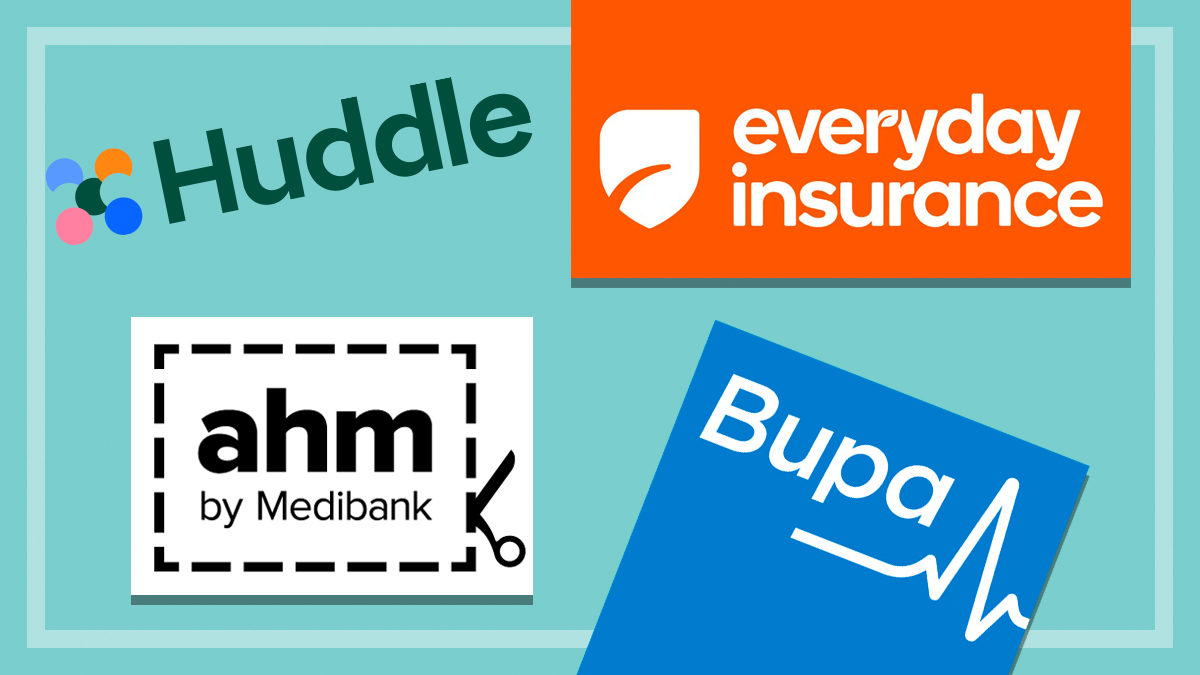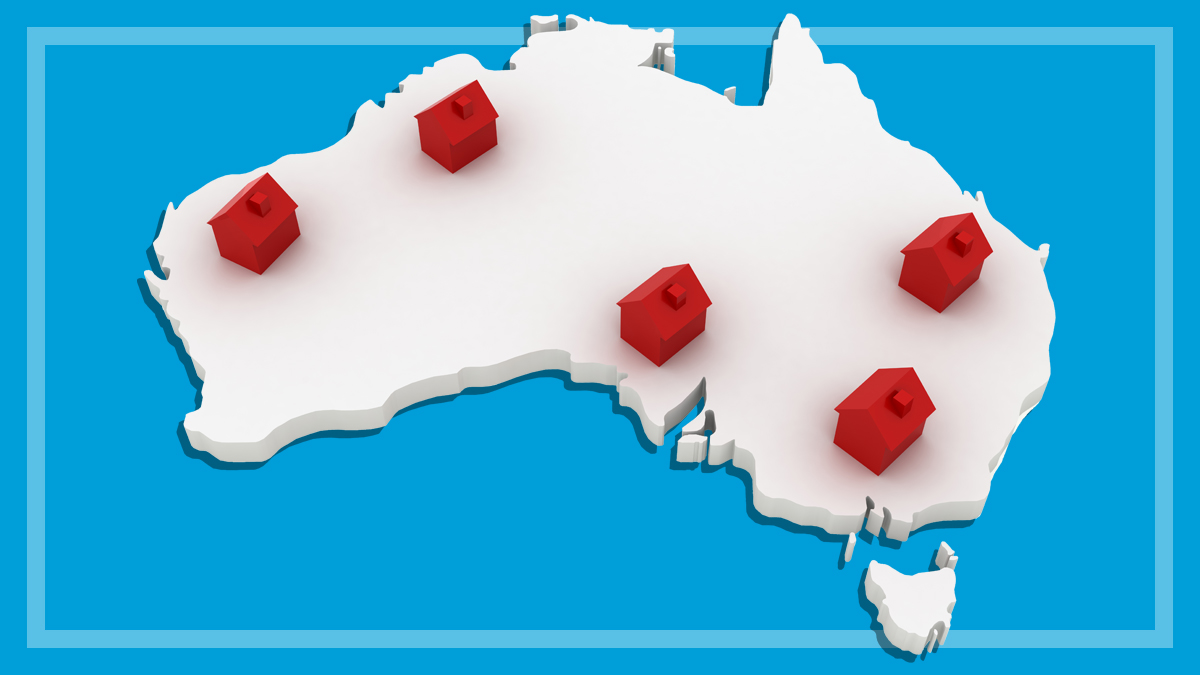Get our independent lab tests, expert reviews and honest advice.
Home and contents insurance policies to avoid

As the cost of living continues to bite, high insurance premiums are hitting Australians particularly hard.
Unfortunately, home and contents insurance is not one of those things you can simply strike from your household budget – it’s wise to ensure your assets are covered in the event of minor or major disasters.
But it’s also wise to ensure you’re getting the best deal.
It’s vital you have a good-value policy you can rely on (and not one that has sneaky exclusions, lacks basic features or is overpriced)
And as you’re forking out hundreds or thousands of dollars each year for cover in the case of things like fire, flood or theft, it’s vital you have a good-value policy you can rely on (and not one that has sneaky exclusions, lacks basic features or is overpriced).
The home and contents insurance policies to avoid
CHOICE experts have compared more than 90 home insurance policies across the market to help you find the one that best suits your needs and budget. We score each policy by balancing the cost with the features it offers, including cover limits and exclusions.
Unlike other insurance comparison websites, we’re completely independent and don’t get paid by any of the insurers we’re comparing.
That means we’re also willing to call out the policies that we don’t recommend because they don’t offer good value or have weird exclusions.
Unlike other insurance comparison websites, we’re completely independent and don’t get paid by any of the insurers we’re comparing
We don’t want you to end up with a dud policy, so here are the products that were amongst the lowest scoring in our review, and which CHOICE experts say you should be wary of.
CHOICE insurance expert Daniel Graham says: “In our latest comparison, we’ve found 12 different insurance products that are particularly bad, scoring 52% or less, which we recommend consumers avoid. Two are extremely expensive and don’t give you good value, while the other 10 are from the same underwriter, Hollard.”
These include policies offered by Woolworths Everyday Insurance, Bupa, Huddle, AHM, Honey, GIO, Guild and Real Insurance.
Daniel says that many Australians don’t realise that while insurance policies may be branded differently or sold by different providers, such as your favourite supermarket, your bank or health insurer, they are often essentially ‘white-label’ products backed by the same underwriter, so there are often policies with identical cover being sold at different prices.
“This means it’s really important to compare a policy before you buy,” says Daniel. “Check what you’re covered for and how the policy measures up, who is the underwriter, and can you get better value for money by switching to a different brand or provider.”
“We consider a huge breadth of features in our comparison and give each policy a score based on the features it offers and what it costs. At the bottom of the list we have some low-scoring barebones policies that charge more than they should for some of the lowest coverage levels in the market.”
Consider becoming a CHOICE member to see the best performers.
Note: The scores below are for our combined home and contents insurance comparison published in November 2025, using quotes collected in October.
The lowest-scoring policies in our home and contents insurance comparison
Insurer, brand, policy and CHOICE Expert Rating
Hollard Bupa Basic – 43%
Hollard Bupa Comprehensive – 44%
Hollard AHM Basic – 48%
Hollard Huddle Basic – 48%
Hollard Everyday Insurance Standard – 49%
Hollard AHM Comprehensive – 50%
Hollard Huddle Comprehensive – 50%
RACQ Honey Household – 50%
Hollard Everyday Insurance Comprehensive – 51%
Hollard Real Insurance Essential – 51%
Suncorp GIO Platinum – 51%
Real Insurance Top – 52%
The lowest-scoring policies: bad points
Ten of the lowest-scoring policies in our latest comparison are underwritten by Hollard. They offer budget coverage without the budget price tag. These include:
- AHM (Basic and Comprehensive)
- Bupa (Basic and Comprehensive)
- Everyday Insurance (Standard and Comprehensive)
- Huddle (Basic and Comprehensive)
- Real Insurance (Essential and Top)
There is poor cover across other features as well, reiterating the importance of paying close attention to the PDS (product disclosure statement) of a policy before you buy
Daniel Graham, CHOICE insurance expert
Despite the different names, the Comprehensive policies (called “Top” by Real Insurance) are quite similar to the basic policies. They come with accidental damage cover and some higher sublimits, but there’s otherwise not much to differentiate the two cover levels. The accidental damage cover actually gets an excellent score, but the gains there are offset by the higher price. Some bad points CHOICE experts note about all of these policies, include:
- No underinsurance safety net, which is a feature that provides a buffer of extra coverage beyond your nominated “sum insured” if the cost to rebuild or replace your property after a total loss is higher than expected. This usually adds a percentage (e.g. 10% to 30%) to your sum insured for a total loss.
- No cover for animal damage, for example, if a wild bird flies into your home and gets trapped, causing damage to a window or contents while trying to escape. Most insurers treat this as a distinct insured event.
- “New for old” cover excludes clothing, computers more than four years old, household linen, items out of use/stored away and shoes (they do however say they will cover the reasonable market value for these items based on age and condition).
There is poor cover across other features as well, reiterating the importance of paying close attention to the PDS (product disclosure statement) of a policy before you commit.
Read the full reviews for each of these policies in our home and contents insurance review.
The mid-level policy that keeps getting more expensive
Honey’s home and contents policy scores average on cover, and is on this list mostly because of price. “Honey was never a particularly strong performer, but up until about mid-2024 they were balancing price and cover well,” Daniel says. “Over the past 18 months they seem to have stopped competing on price, to the point where this mid-level policy is one of the most expensive on the market.”
In the same way that AHM and Bupa sell white label versions of the Huddle products, Aldi sells a white label version of the Honey policy. Honey and Aldi have exactly the same policy wording, except Aldi is about 15% cheaper than Honey.
Honey spruiks an 8% premium discount if you install their sensors in your home, which we haven’t isn’t considered in the Price score. If we had, the overall score would only increase by a few points.
This policy is mostly on the list because of price, although there are some bad points on cover worth mentioning:
- No underinsurance safety net
- Very limited cover for animal damage: no cover for damage caused by pests or parasites, or by any animal kept at the home. While birds can cause serious carnage given the right circumstances, this policy only covers breakage of door and window glass.
- The temporary accommodation benefit is the bare minimum: cover for up to 12 months of accommodation costs, capped at 10% of your building sum insured. More generous policies also include some sort of cover for pets (e.g. a boarding benefit), as well as other costs like removalists, rental bond, and fees for utility connection and lease breaking.
The policy that offers better cover, but for a premium price
There is one policy in our list of low-scorers that looks very good on paper but has been priced out of contention. GIO Platinum offers top-performing cover, receiving a cover score of 75% which is amongst the best in our comparison.
However, it was the single worst performer on price, meaning you’ll find better value elsewhere.
Daniel says: “This policy is significantly more expensive than comparable ‘premium cover’ policies, even a near-identical product from the same underwriter. We compared GIO’s quotes against its competitors at nearly 2400 addresses, and this policy was the most expensive in 40% of scenarios.
“No matter which insurer you are currently with, if you haven’t switched for a while, you’re likely missing out on savings.
“If you’re willing to put in the effort you could theoretically change your insurer every year or so to take advantage of discounts available to new customers. But this only pays off if you make sure you’re switching to a good-value policy every time.”






